Gayle explores Inverurie Bass – remains of a 12th-Century motte-and-bailey castle steeped in myth and legend.
It’s a strange sight – two flat-topped conical hillocks in a riverside burial ground on the outskirts of Inverurie in Aberdeenshire.
I’ve driven past what’s known as the Bass of Inverurie and its adjacent Little Bass a good few times over the years, but, to my shame, never bothered to get out of the car to investigate.
There was frost on the ground and a distinct chill in the air when I was passing recently and the mood for exploring was upon me.
I parked outside the cemetery and strolled past gravestones galore until I reached the base of the bizarre grass and tree-covered relics.
Earls of Garioch
A handy information panel at the foot of the Big Bass revealed the mounds to be the remains of a motte-and-bailey castle built by the Earls of Garioch in the 1100s – and apparently Robert the Bruce sheltered here in 1308.
Essentially it was a fortification with a wooden keep, situated on a raised area of ground (motte), with a walled courtyard (bailey), surrounded by a protective ditch and palisade (a defensive wall or fence) to deter attackers.
Such early motte-and-bailey castles were common in Scotland, but most disappeared or were developed into stone castles.
The Bass of Inverurie is unusual in that it did neither – it’s still standing and is more or less intact.
Admin centre
The castle was an administrative centre for the Garioch area during the 12th and 13th Centuries with the larger mound forming the motte and the smaller forming the bailey.
There would have been a timber tower on the summit of the motte and a collection of wooden buildings including stables, a hall, workshops, kitchens and stores in the bailey.
Access from the bailey to the motte was by means of an oak bridge, or gangway, traces of which were found in 1883.
Myth and legend
Perhaps unsurprisingly, the Bass is steeped in myth and legend, with wild theories surrounding its origins.
One holds that it was a burial mound for plague victims, while another imagines it to have been a place where treasure was hidden.
Then there’s the theory that it was used as a fire signal station to warn of Danish invaders.
Certainly, there’s an odd, somewhat ethereal feel about the place, something I couldn’t quite put my finger on.
However, once I’d scaled the wooden steps up to the summit of the Big Bass, I felt a sense of calm wash over me – the views of the River Urie, marshy floodplain and distant hills are pretty impressive.
And yet, I couldn’t stop thinking about the ‘evil monsters and the mound of death’ theory! And no, I haven’t just made that up.
Paranormal investigation
So… on June 6, 1944, on the eve of D-Day no less, the Bass was the subject of a study by two psychic paranormal investigators, John Foster Forbes and Iris Campbell.
There are various accounts of their investigation but in one they conclude that the Bass was a burial pit used by Picts to erase a race of evil monsters intent on destroying humanity!
In another, they ascribe the curious spot as having ‘Druidical powers’ intent on frustrating the ‘Evil Earth Magnetism of the Mound of Death!’
The investigators were said to have been traumatised by what they discovered at the site, with reports at the time suggesting it took them days to shake off the ‘malign influence of the mound of death’.
I am glad to report that I experienced no such trauma, although I will admit the eerie atmosphere did leave a big impression on me…
John and Iris’s investigations were overshadowed by the invasion of Europe, and since then the Bass has been left to its own devices, keeping watch over the inhabitants of the old cemetery.
Pictish stones
Also worth checking out – at the base of the two mounds – are four Pictish symbol stones, encased in glass.
These were apparently built into the walls of the medieval church which once stood nearby and served the community built around the Bass.
When the church was demolished, the symbol stones were recovered and placed in the cemetery.
The stones, or what remains of them, are pretty special. They include the engraving of a horse, a mirror symbol, and a serpent.
Robert the Bruce
It’s also fascinating to note that Robert the Bruce was said to have taken refuge at the Bass in 1308, around the time of the Battle of Inverurie.
In the battle, also known as the Battle of Barra, and which took place at nearby Hill of Barra, Bruce defeated his chief domestic enemy John Comyn, the Third Earl of Buchan.
This victory produced a significant shift in the balance of power in Scotland.
- Fragments of a pottery jug decorated with a face dating from the 14th Century suggests that Inverurie Bass was still in use then.
- As well as being occupied during the Medieval period, there’s evidence of prehistoric activity at the site. And the frequent discovery of flint implements and fragments around the Bass suggests Neolithic occupation – while an adze (a cutting tool) suggests Bronze Age activity.
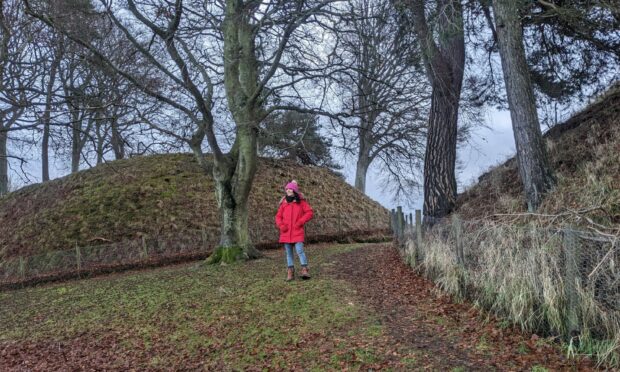
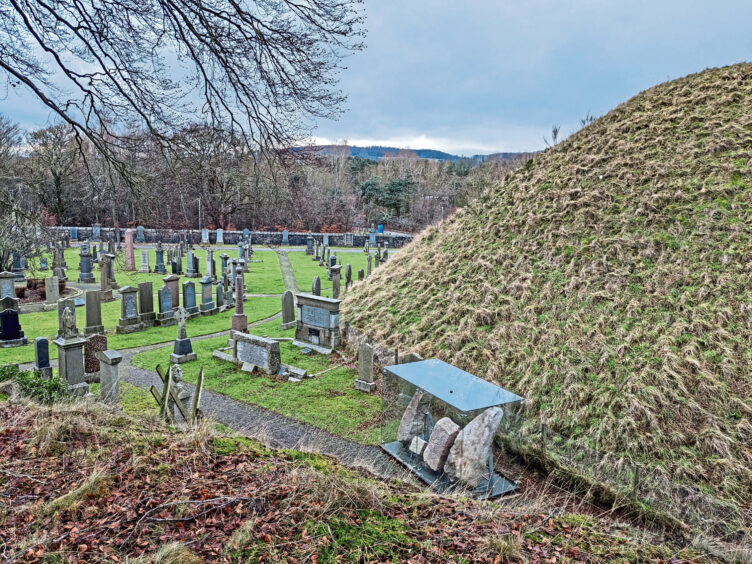
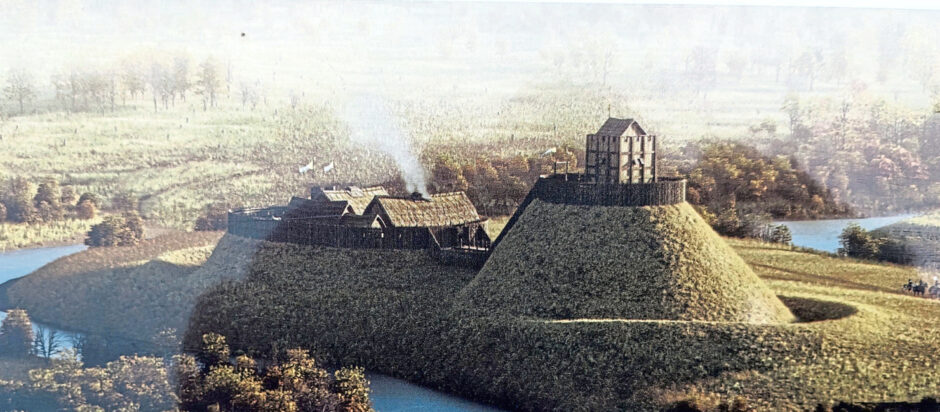
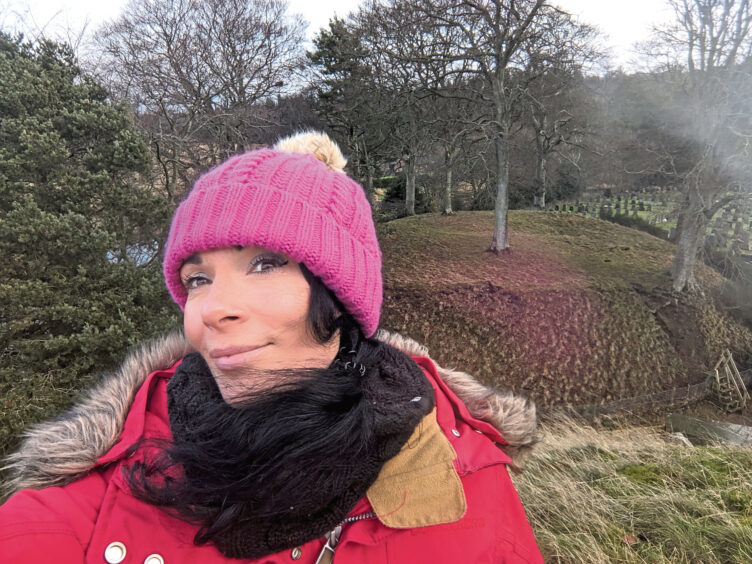
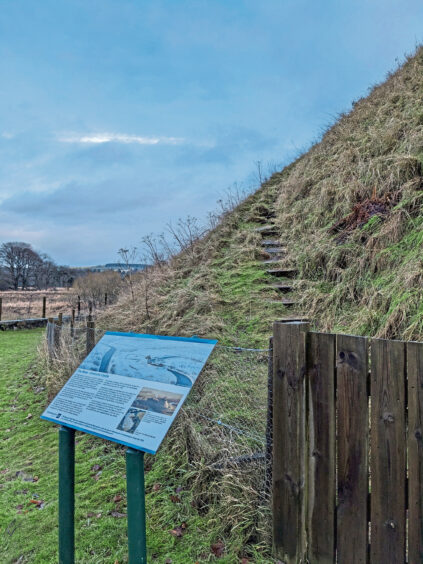
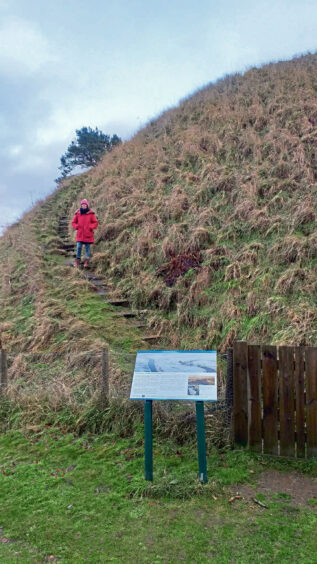
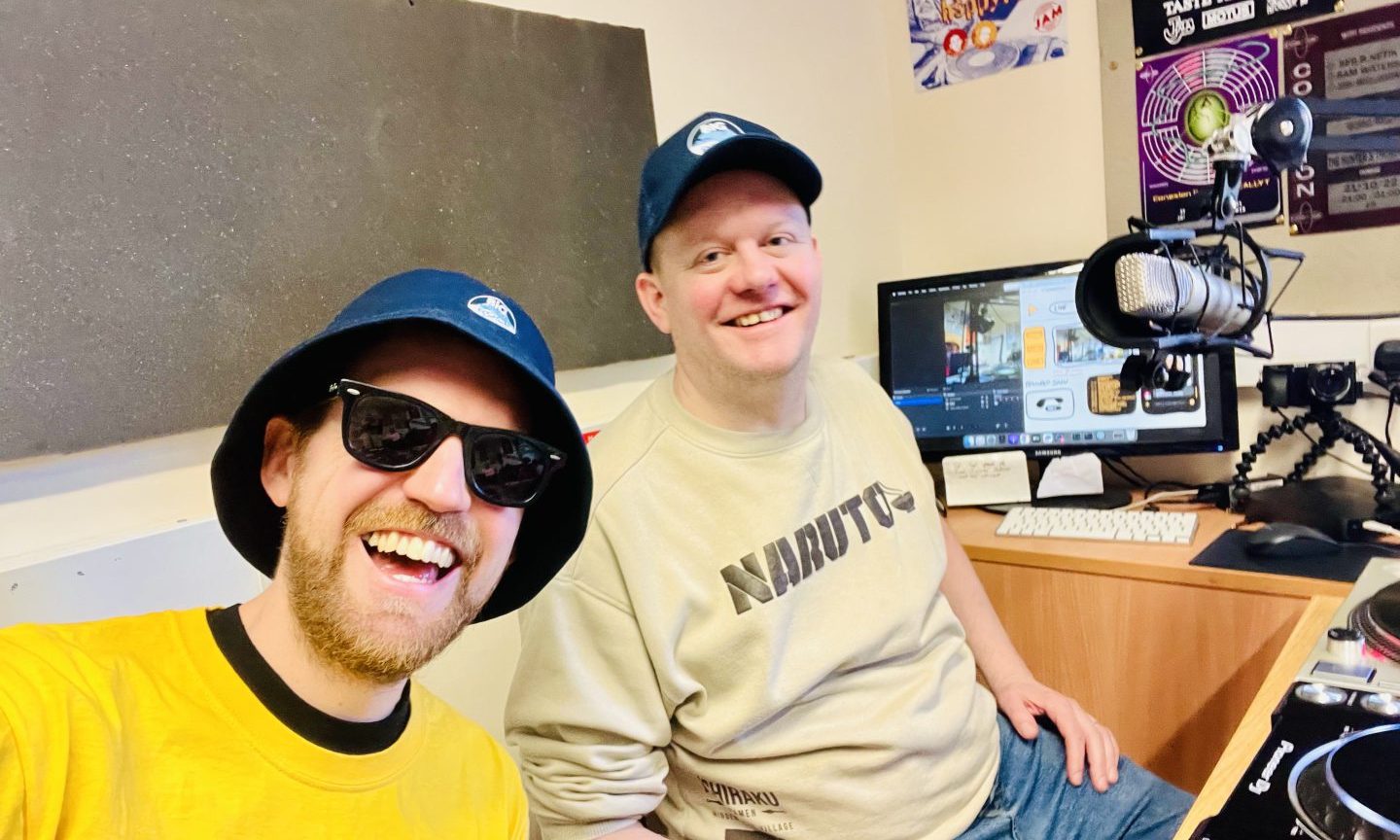
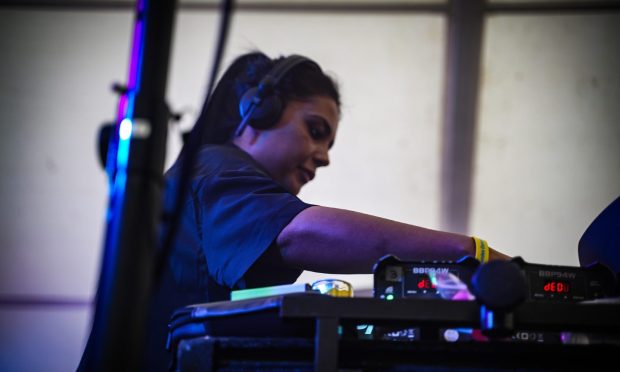

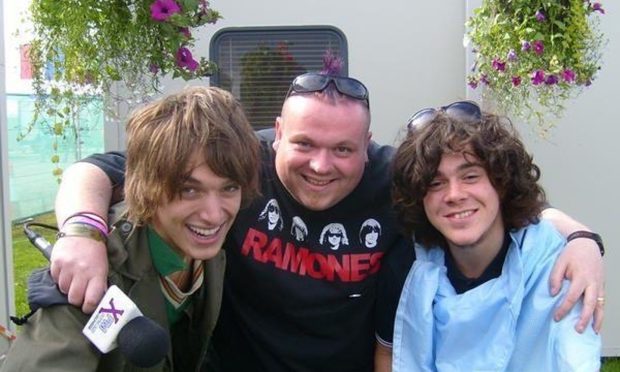
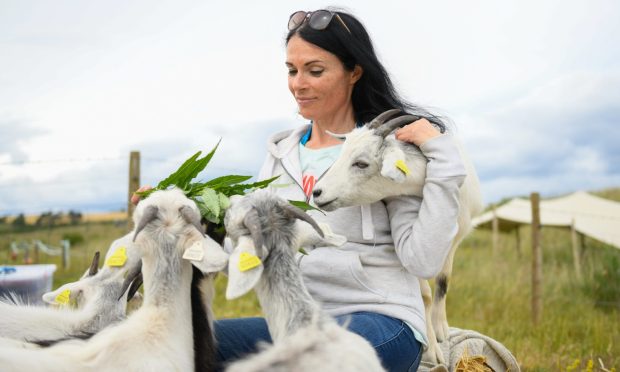
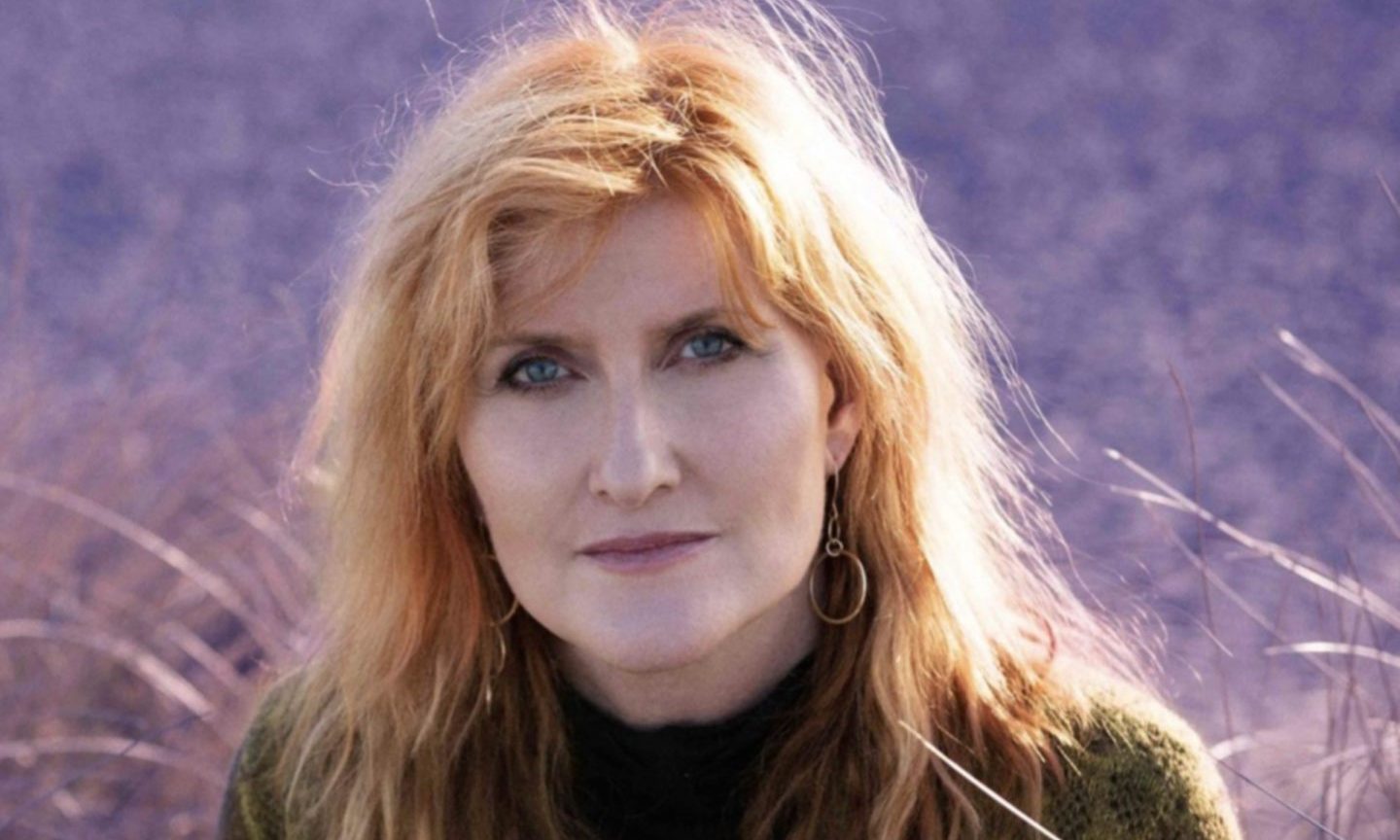
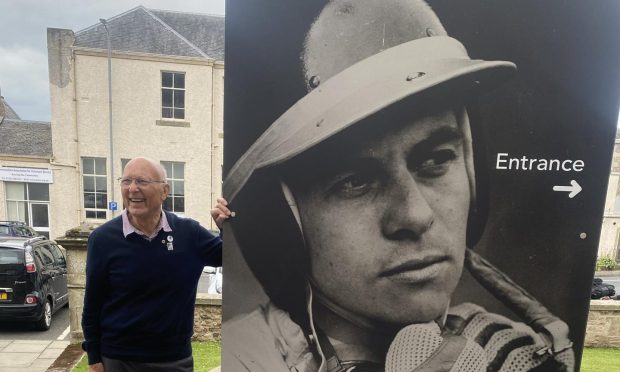


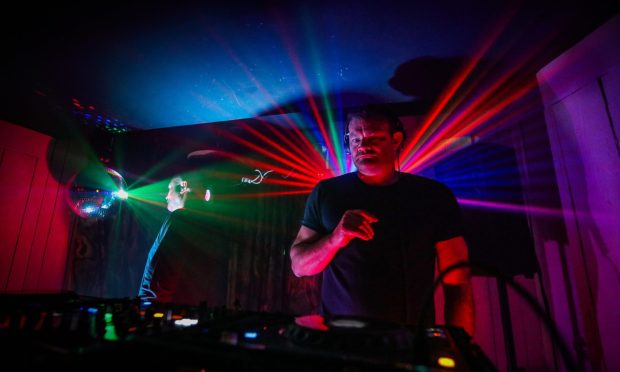
Conversation